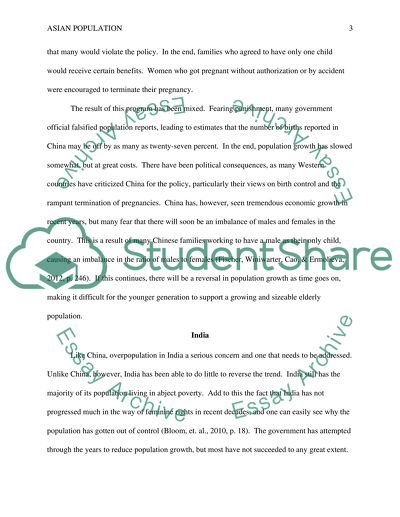Cite this document
(“Assignment Example | Topics and Well Written Essays - 1000 words - 5”, n.d.)
Assignment Example | Topics and Well Written Essays - 1000 words - 5. Retrieved from https://studentshare.org/geography/1473638-assignment
Assignment Example | Topics and Well Written Essays - 1000 words - 5. Retrieved from https://studentshare.org/geography/1473638-assignment
(Assignment Example | Topics and Well Written Essays - 1000 Words - 5)
Assignment Example | Topics and Well Written Essays - 1000 Words - 5. https://studentshare.org/geography/1473638-assignment.
Assignment Example | Topics and Well Written Essays - 1000 Words - 5. https://studentshare.org/geography/1473638-assignment.
“Assignment Example | Topics and Well Written Essays - 1000 Words - 5”, n.d. https://studentshare.org/geography/1473638-assignment.


